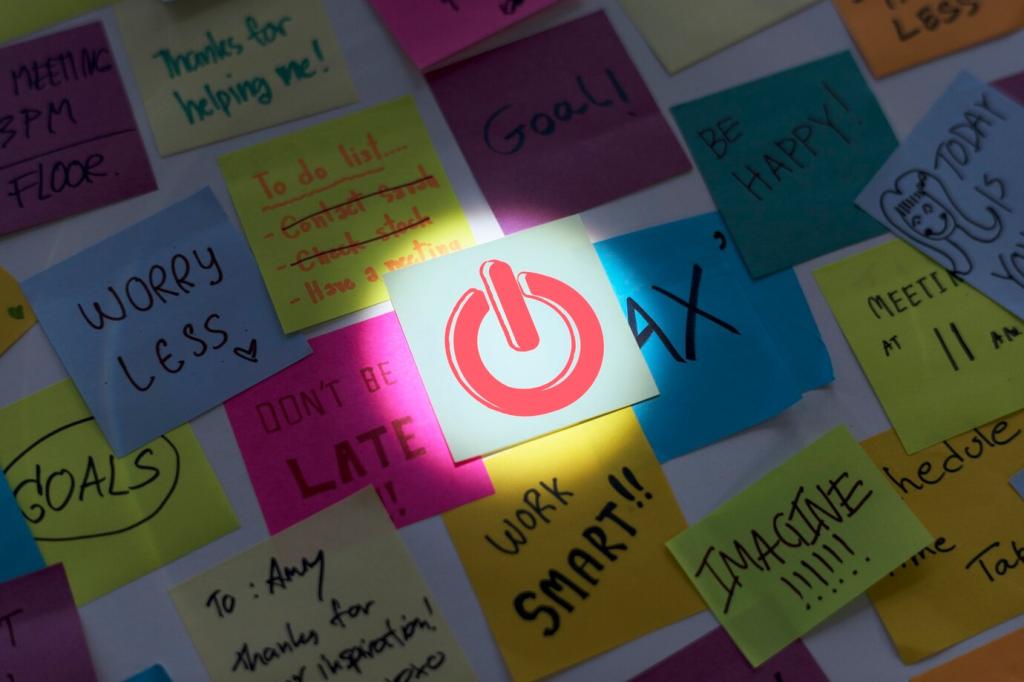Onboarding That Teaches Without Preaching
Replace lengthy intro carousels with contextual hints that appear only when needed. We cut a six screen tutorial to two timely tips and doubled first week activation. Teach by doing, close hints quickly, and celebrate completion with a meaningful success moment.
Onboarding That Teaches Without Preaching
Empty states are prime teaching moments. Use friendly copy, illustrations, and sample content to demonstrate value and suggest the next action. Offer import options when appropriate. A helpful empty state reduces anxiety, clarifies purpose, and creates momentum from the very start.
Onboarding That Teaches Without Preaching
Ask for permissions only with clear benefit and honest timing. Prime with a brief explanation before the system dialog. Delay requests until the feature is immediately useful, and gracefully handle denial with alternatives. Share your best performing pre prompt copy for feedback.
Onboarding That Teaches Without Preaching
Lorem ipsum dolor sit amet, consectetur adipiscing elit. Ut elit tellus, luctus nec ullamcorper mattis, pulvinar dapibus leo.






